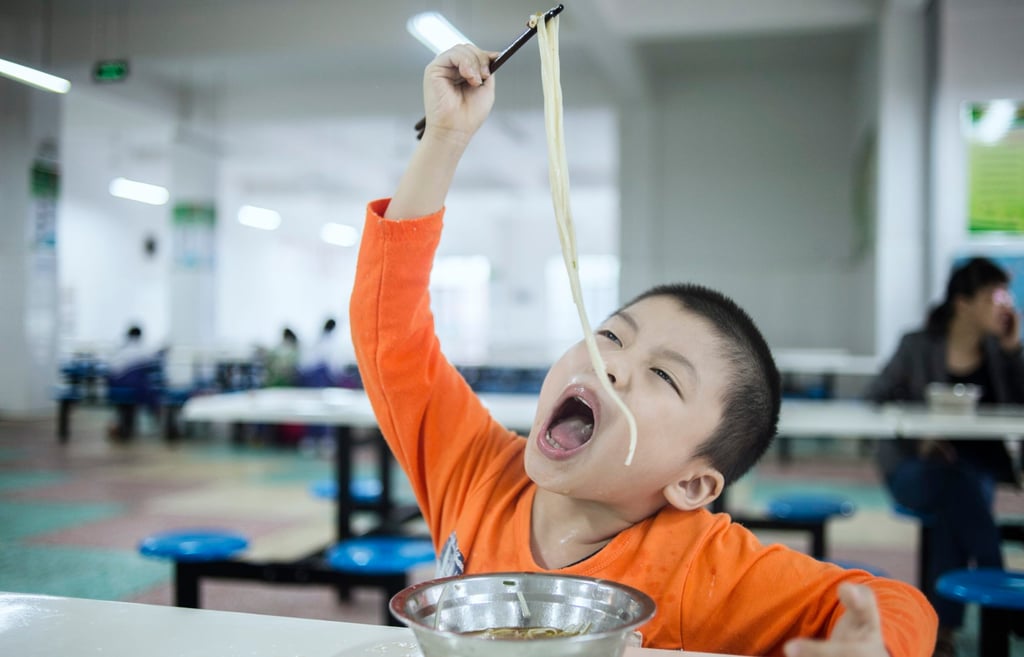Recap | Hong Kong is a foodie mecca, but what is the history of its culinary evolution?
PostMag writer Jason Wordie explores how Hong Kong’s culinary landscape evolved from British army camp food to street food hawkers and even the influence of Chinese railroad builders

Discover the fascinating evolution of Hong Kong’s culinary landscape, from British army camp food influencing local cafes to the impact of Chinese railroad builders and the decline of traditional street food hawkers.
1. How British army camp food became a Hong Kong cafe staple as it spread from stalls near barracks
Discover how British army camps in the New Territories introduced dishes such as curries, dal and samosas to the local population after serving it up to soldiers stationed in the barracks. The cuisine spread to the menus of many of Hong Kong’s eateries and helped shape the city’s culinary landscape.
2. How Hong Kong restaurants influenced Western tastes and perceptions of ‘authentic’ Chinese cuisine
Many eateries in the colonial era guided non-Chinese speakers towards time-tested familiar dishes or ones they thought foreigners would prefer, and thereby inadvertently influenced attitudes to what Chinese food was supposed to be. Many would even praise the dishes because for tasting like takeaways they ate back home in the UK.
3. Hong Kong’s street food hawkers a dying breed after years of corruption, crackdowns and a failed food truck fiasco
Once an integral part of Hong Kong’s urban life, the decline of traditional street food hawkers represents a cultural loss for the city. Discover how corruption, bureaucratic interference and vested interests have stifled the city’s street food culture.

4. Chinese railroad builders brought wheat noodles to Hong Kong and started a culinary revolution
This food icon was shaped by emigration, 19th century global trade and transcontinental railways to go from a luxury delicacy to an everyday staple. The rise in availability of cheap North American wheat helped drive production of foods such as noodles that are now paraded as part of Hong Kong’s “intangible cultural heritage”.
5. How Hong Kong cooks shifted from lard to olive oil, ghee and palm oil, and changed the face of Cantonese cuisine
‘Wife cakes’ and mooncakes wouldn’t be the same without lashings of lard, but Hong Kong’s kitchens have moved on to using other edible fats for many dishes. This evolution in culinary preferences, driven by changing tastes and health concerns, has transformed Cantonese cuisine while still embracing the unique flavours of its heritage.
Part of this article was produced with the assistance of generative AI